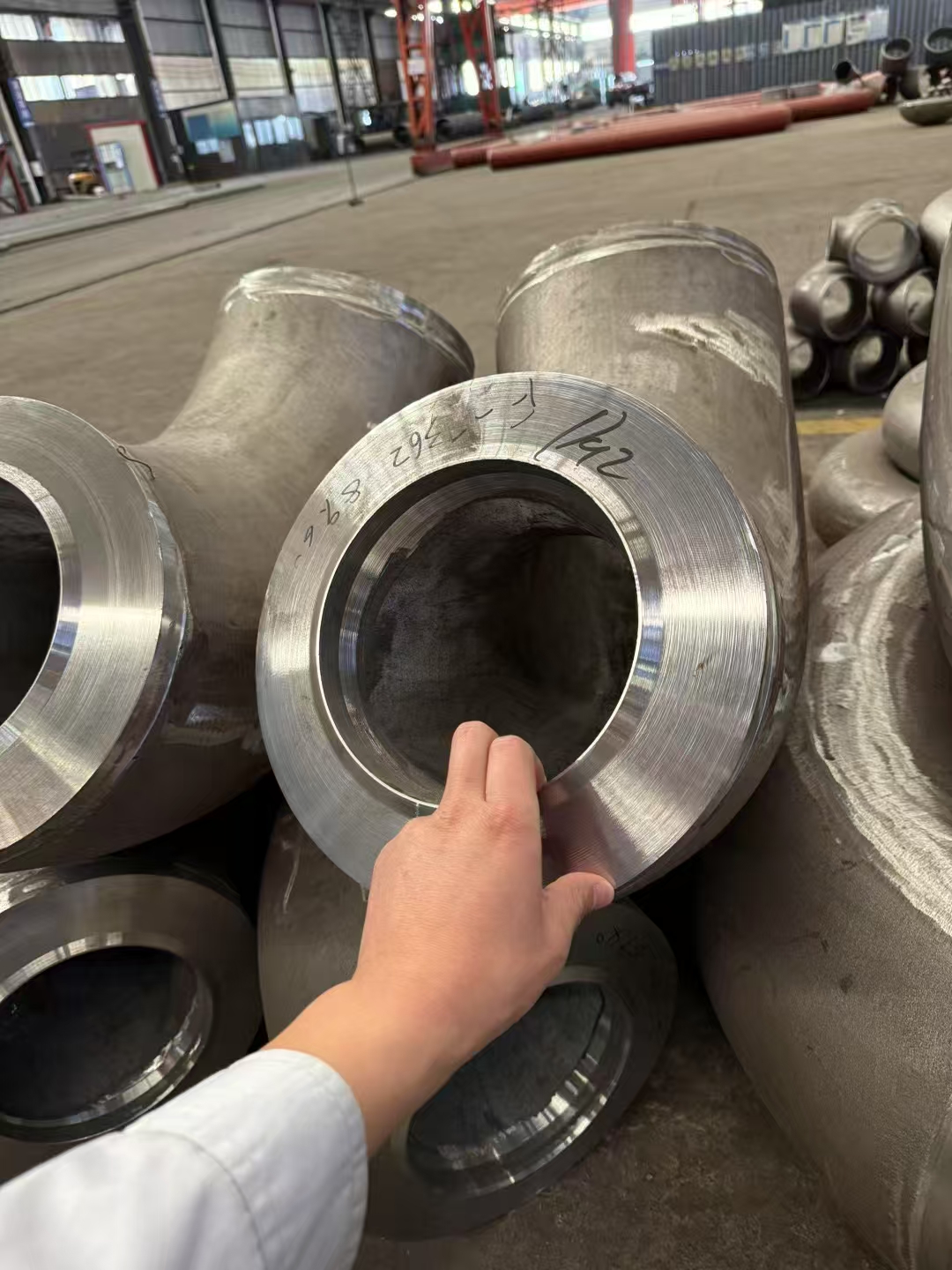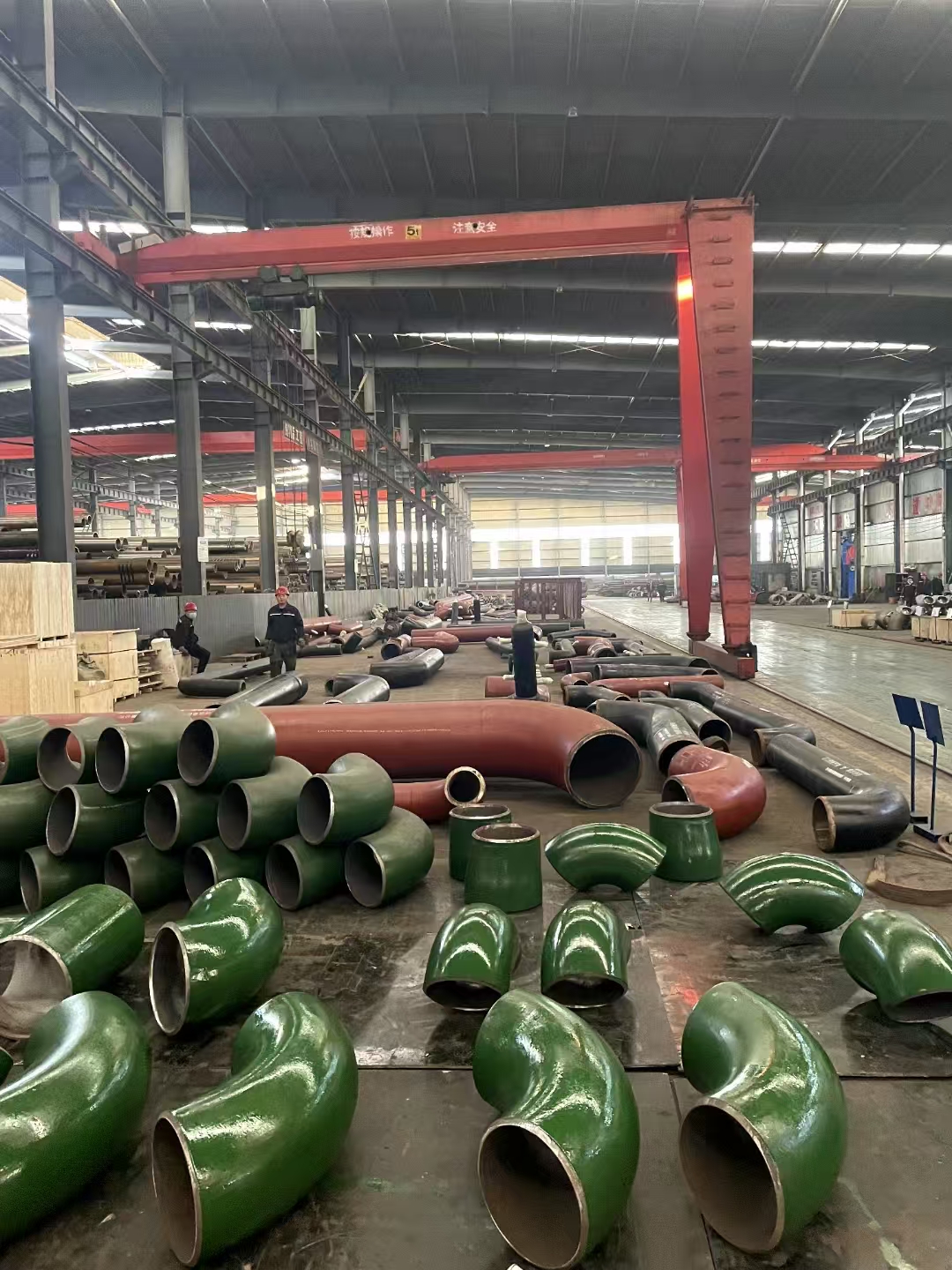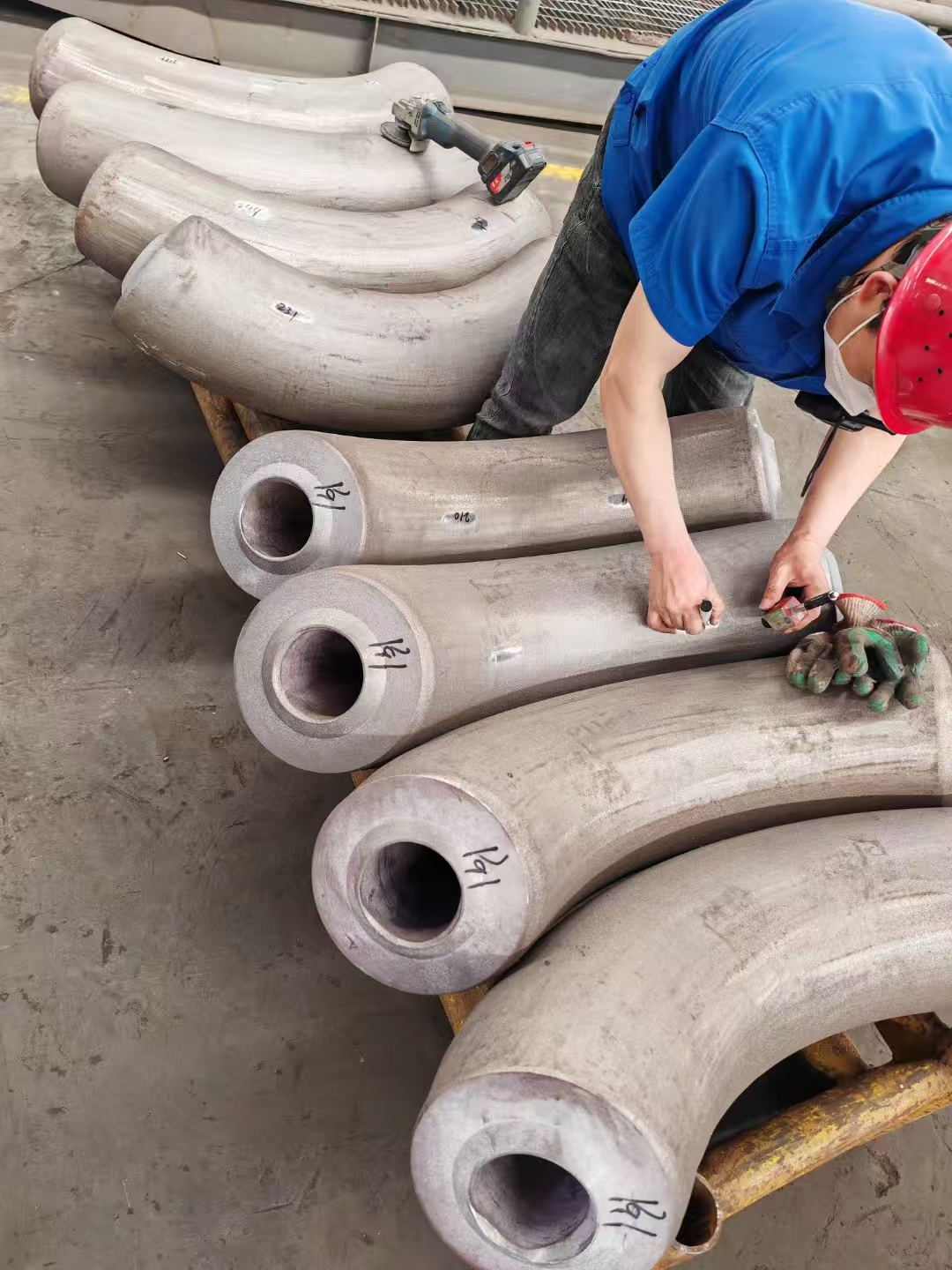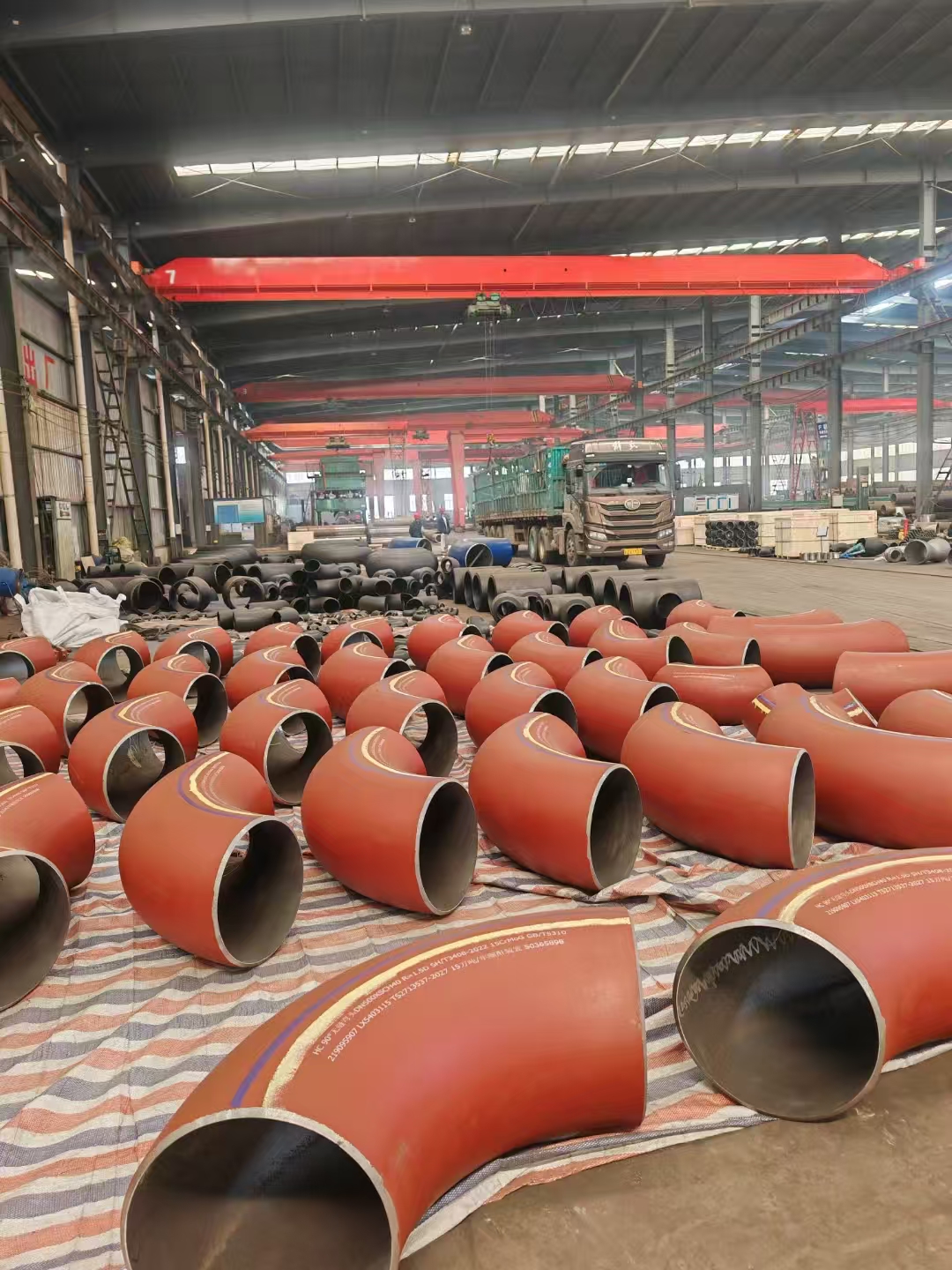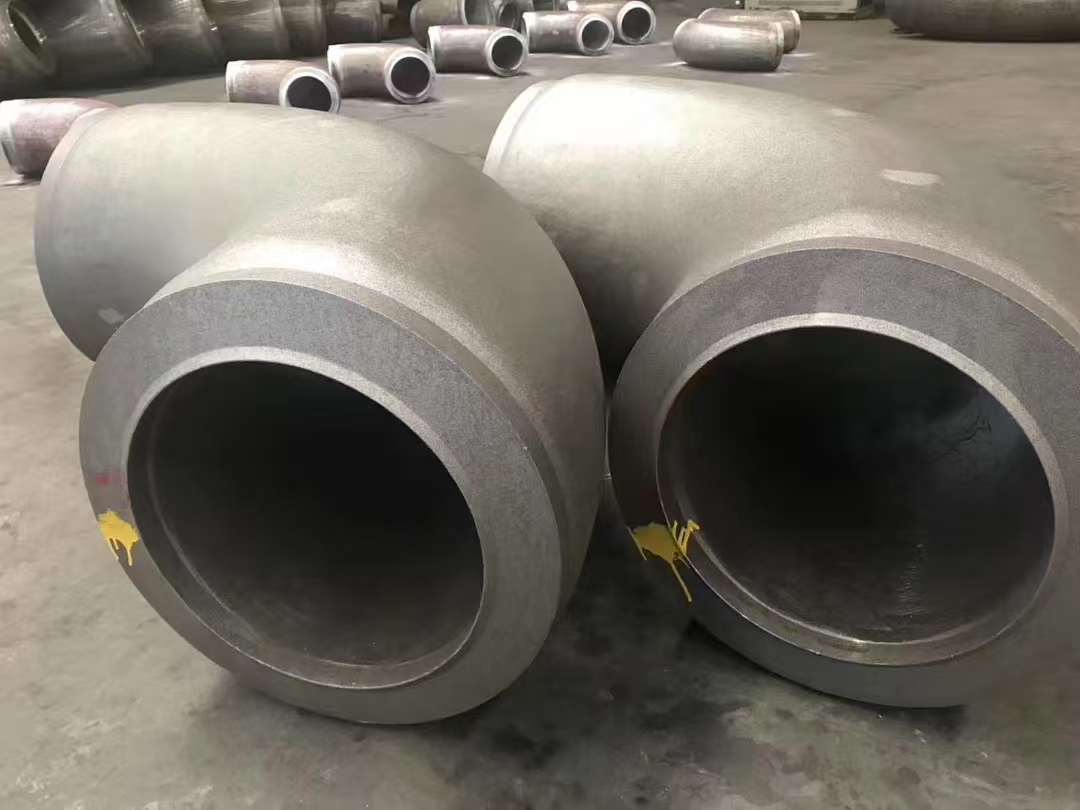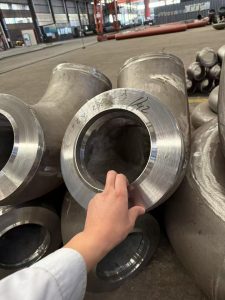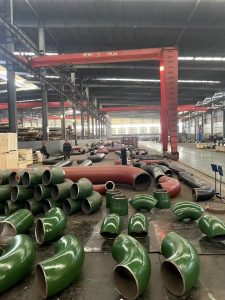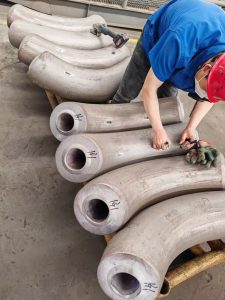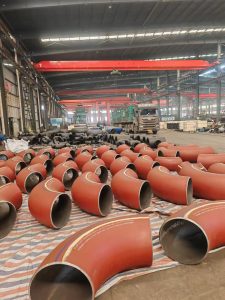ASTM A182 F51 flanges are widely used in industries such as petroleum, chemical, and marine engineering as duplex stainless steel flanges. This paper conducts an experimental study on the impact performance of these flanges at -46°C low temperature, analyzing the effect of low temperature on the impact toughness of the flanges, and providing important references for engineering applications.
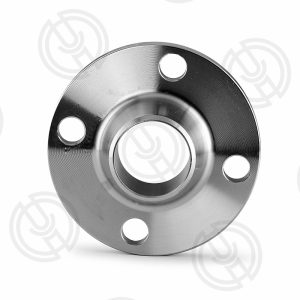
With the rapid development of China’s petroleum, chemical, and other industries, there is an increasing demand for material properties under low-temperature conditions. ASTM A182 F51 flanges, with their good corrosion resistance and mechanical properties, are increasingly used in low-temperature applications. This paper aims to study the impact performance of ASTM A182 F51 flanges at -46°C to ensure their safe operation in low-temperature environments.
Materials and Methods:
- Experimental Materials The experiment uses ASTM A182 F51 flanges as the research object. The main chemical composition and mechanical properties are shown in the following table:
Table 1: Chemical Composition and Mechanical Properties of ASTM A182 F51 Flanges
- Experimental Method The Charpy V-notch impact test method was used, conducted in accordance with ASTM E23 standards. The specimen size was 10mm x 10mm x 55mm, with a notch depth of 2mm.
- Experimental Equipment The experimental equipment includes a low-temperature cooling device, a Charpy impact testing machine, and a data analysis system. The low-temperature cooling device can cool the specimens to -46°C and maintain a constant temperature.
Results and Analysis:
- Impact Test Results The impact test results for ASTM A182 F51 flanges at -46°C are shown in the following table:
Table 2: Impact Test Results of ASTM A182 F51 Flanges at -46°C
As shown in Table 2, the ASTM A182 F51 flanges exhibit a high level of impact absorbed energy at -46°C, indicating good low-temperature impact toughness.
- Fracture Surface Analysis Observation of the fracture surfaces of the tested specimens revealed that most of them were fibrous, indicating ductile fracture of the flanges at -46°C.
- Microstructure Analysis Microstructural observation of the tested specimens showed that the microstructure consists mainly of austenite and ferrite, with a moderate content of ferrite. This composition helps improve the low-temperature impact toughness of the flanges.
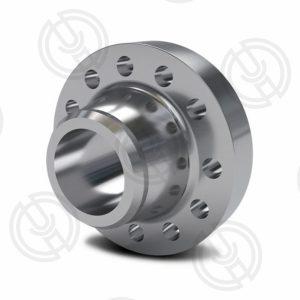
Impact energy change analysis
1. Overview of impact energy test results
In low temperature impact test, impact energy is the key index to measure the toughness of materials. For ASTM A182 F51 flanges, we typically record the impact absorption energy of multiple specimens at -46°C. These data usually present a certain distribution, reflecting the material’s performance uniformity at different locations.
2. Statistical analysis of impact energy
Average value: The average value of the impact energy of all samples is calculated, which gives the overall impact toughness level of the material at -46°C.
Standard deviation: The standard deviation reflects the dispersion of the impact energy. A lower standard deviation indicates uniform properties of the material, while a higher standard deviation may indicate non-uniform properties within the material.
Minimum and maximum values: These data points provide a range of impact energies that help evaluate the worst-case performance of the material.
3. Possible causes of impact energy change
Temperature effect: As the temperature decreases, the atomic activity of the material weakens, resulting in a reduced plastic deformation capacity, which may reduce the impact energy. Microstructure changes: Low temperatures may cause changes in the microstructure of the material, such as the transition from austenite to martensite, which may affect impact toughness.
Inclusions and defects: Non-metallic inclusions or microscopic defects in materials may become crack sources at low temperatures, reducing impact energy. Heat treatment and processing: The heat treatment and processing history of a material can also affect its low temperature impact properties. Improper heat treatment may lead to grain coarsening, which reduces impact toughness.
4. Detailed analysis of impact energy changes
Temperature gradient: At -46°C, if the impact energy is significantly lower than the value at room temperature, this may indicate that the material is sensitive to low temperatures. Analyzing the impact energy changes at different temperatures can help determine the transition temperature of the material.
Fracture morphology: The characteristics of brittle fracture and ductile fracture can be identified by scanning electron microscopy (SEM). Brittle fracture is usually accompanied by a lower impact energy.
Microstructure correspondence: Correlating impact energy with microstructure characteristics (such as grain size, phase ratio) can help to understand the microscopic mechanism of impact energy variation.
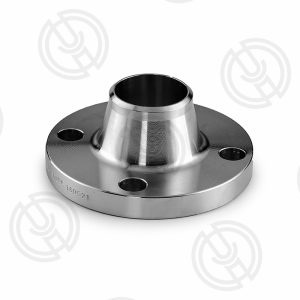
Conclusion:
- ASTM A182 F51 flanges demonstrate good impact toughness at -46°C, meeting the requirements for use in low-temperature conditions.
- The impact test results show that ASTM A182 F51 flanges undergo ductile fracture at -46°C, with fibrous fracture surfaces.
- Microstructural analysis indicates that the flanges have a moderate ratio of ferrite to austenite, which is beneficial for enhancing low-temperature impact toughness.
The findings of this study provide theoretical basis and practical references for the application of ASTM A182 F51 flanges in low-temperature environments. In practical engineering, the selection of flange materials should be based on specific operating conditions to ensure the safe operation of equipment.

